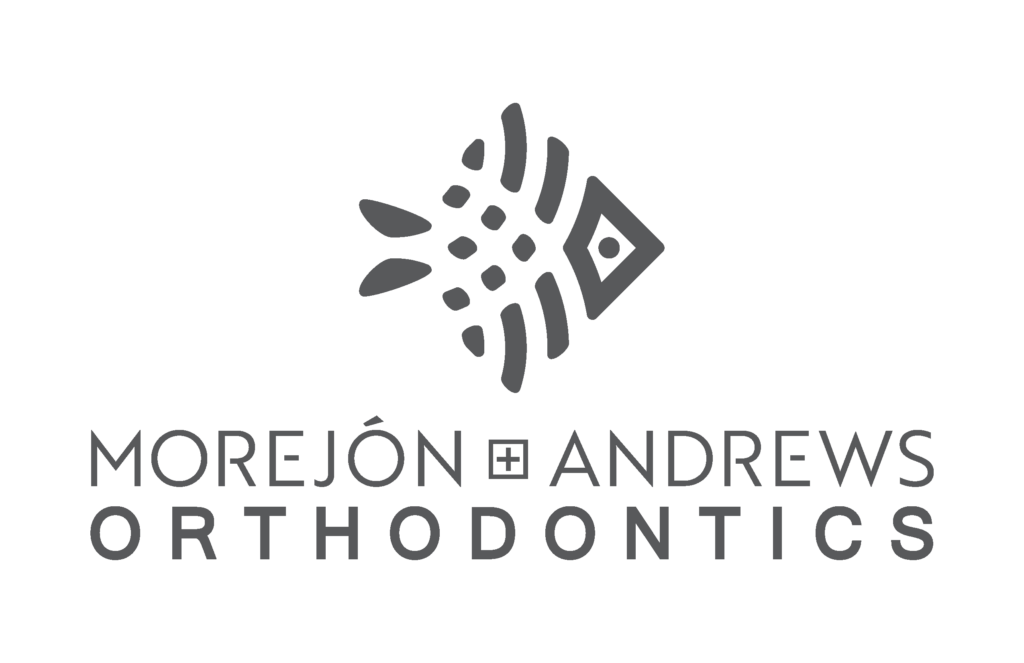The American Association of Orthodontists recommends children have their first orthodontic checkup by age 7, but does that mean your child will need braces? Not always!
But if your orthodontist recommends orthodontic treatment for your child, you may be wondering if it’s necessary. After all, the common belief is that only teens get braces. Not every child requires early orthodontic treatment, but the ones who do can benefit for a lifetime!
Here’s why early orthodontic treatment is so important.
What is early orthodontic treatment?
Early (interceptive) orthodontic treatment is often recommended during the mixed dentition phase, or when your child still has baby teeth but their adult teeth have started to erupt. This phase typically occurs between ages 6 and 9 (hence the significance of age 7).
Early orthodontics is designed to help children at risk of developing orthodontic issues like misalignments or bad bites while they still have many primary teeth.
Addressing bite-related problems or realigning the jaw during this time is easier (for your child) and more efficient for Dr. Morejón or Dr. Andrews because your child’s skeletal structure is still pliable and growing.
How? This treatment ensures there is enough room in the jaw for permanent teeth to erupt in a healthy alignment.
Why do kids need braces?
The primary purpose of early orthodontic treatment is to correct skeletal issues with your child’s jaw and align their teeth before their permanent teeth erupt.
If a child is at significant risk of developing severe complications later, early treatment may be necessary to prevent minor problems from becoming serious or to ensure maximum effectiveness of phase 2 treatment (straightening the teeth).
Phase 1 treatments can guide the growth of the jaw and facial bones, ensuring permanent teeth have room to grow and maintaining a harmonious facial appearance.
If you are asking, “Should my child get braces?”, Drs. Morejón and Andrews may recommend treatment for the following issues:
- Spacing issues like gaps
- Crowded teeth
- Crossbites
- Underbites
- Overbites
- Missing or extra teeth
- Teeth that don’t meet normally
- Influence of thumb sucking on teeth or jaw growth
Many conditions found early on can be treated effectively with early orthodontic treatment. In some cases, waiting until permanent teeth develop may require longer or more intensive treatment.
Types of braces for kids teeth
Children receiving early orthodontic treatment may undergo treatment with an orthodontic appliance (especially palatal expanders) along with braces or Invisalign®.
Here’s a little more about the braces options we offer for children:
Invisalign First® clear aligners
Just like the ever-popular Invisalign you know, these aligners are a great custom and removable treatment option for kids too. They gently and gradually move teeth into a healthy position without the need for brackets or wires.
LightForce™ custom braces
LightForce braces are the world’s first 3D printed braces! Each translucent bracket is custom printed to your child’s individual teeth and formed to hug to their teeth precisely. The level of customization these braces offer gives your child a shorter braces placement appointment, shorter treatment length, and less check-in appointments.
Traditional metal braces
These are braces parents are most familiar with. (You may have even worn some yourself back in your teenage years). Standard metal brackets and wires will guide your child’s teeth into healthy alignment with the help of regular adjustments by Dr. Morejon or Dr. Andrews. They’re highly effective at treating all orthodontic conditions and offer a little personalization with their choice of colorful elastics (rubber bands).
Clear ceramic braces
Clear ceramic braces work just like traditional metal braces but offer a less noticeable treatment option.
Self-ligating braces
Self-ligating braces use a special clip or bracket system that holds the braces wire in place, so no need for rubber bands. Because the wire can just slide through the brackets, there’s less friction which can make your child’s braces experience more comfortable.
Understanding the role of palatal expanders
Now we briefly mentioned palatal expanders before. These are one of the most effective tools used in early orthodontics and the most commonly used expander we use is the Rapid Palatal Expander (RPE).
As the name suggests, an RPE rapidly expands a narrow palate, creating the necessary space for overcrowded teeth or correcting unhealthy bites, such as crossbites. The word that brings out questions and worries from parents is “rapid”. But in fact, the RPE is labeled “rapid” for its efficiency in expanding palates because your child will be given a key to turn their expander daily, instead of an expander which is turned solely in the office.
Early intervention with palatal expanders can make a big difference in your child’s smile health in a short amount of time by creating a healthy environment for their adult teeth to erupt.
Want to know more about early orthodontic treatment?
Our team at Morejón + Andrews Orthodontics is dedicated to answering your questions and providing expert guidance on orthodontic early treatment, aka interceptive orthodontics, and more. Contact us today for a complimentary consultation at our orthodontist offices in Palm Coast or Ormond Beach!
Enhance your child’s confidence and oral health with early orthodontic care. Take the first step towards a brighter smile!






